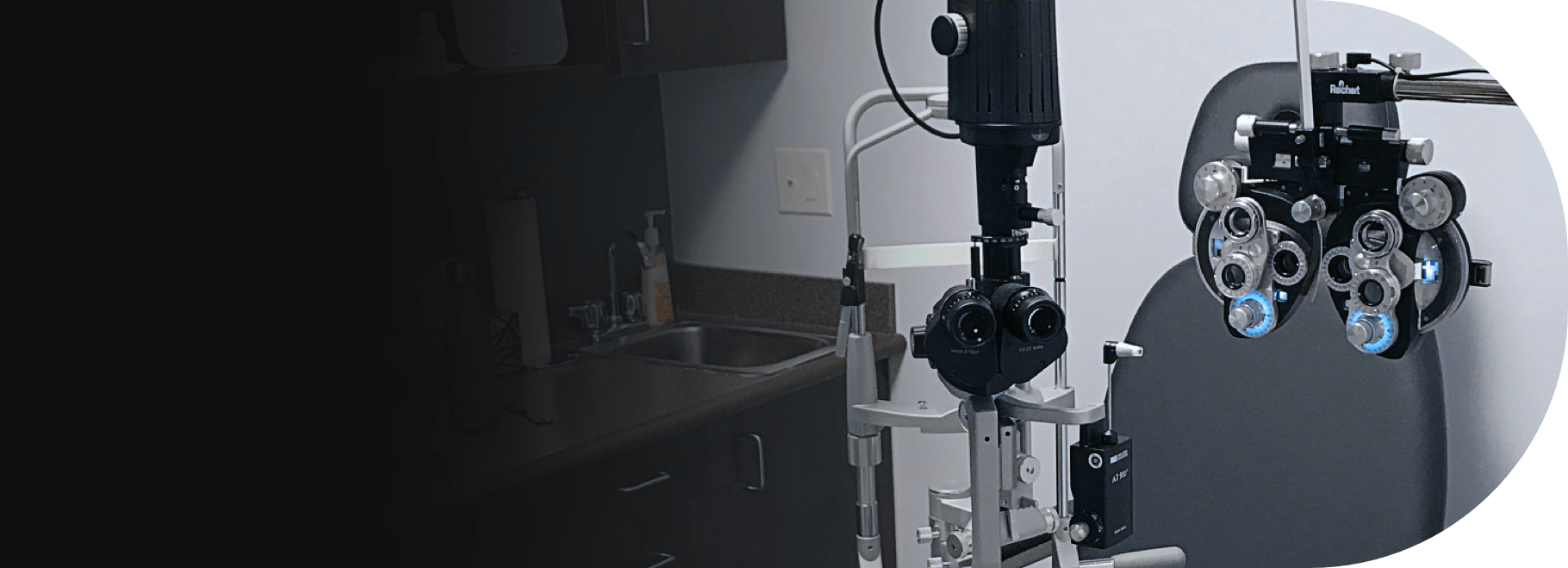Here’s what not to do after eye dilation:
Drive
Look at bright lights
Engage in close-up work
Forget your eye protection
Touch or rub your eyes
Intense physical activity
Make important visual decisions
[…]
What Not to Do After Eye Dilation?
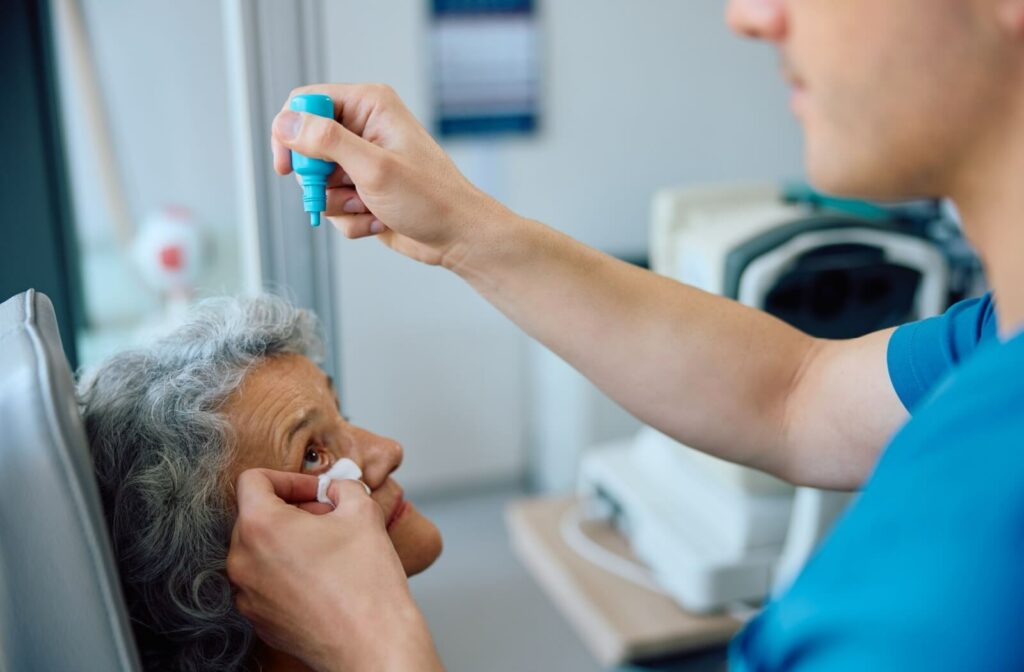


Here’s what not to do after eye dilation:
Drive
Look at bright lights
Engage in close-up work
Forget your eye protection
Touch or rub your eyes
Intense physical activity
Make important visual decisions
[…]
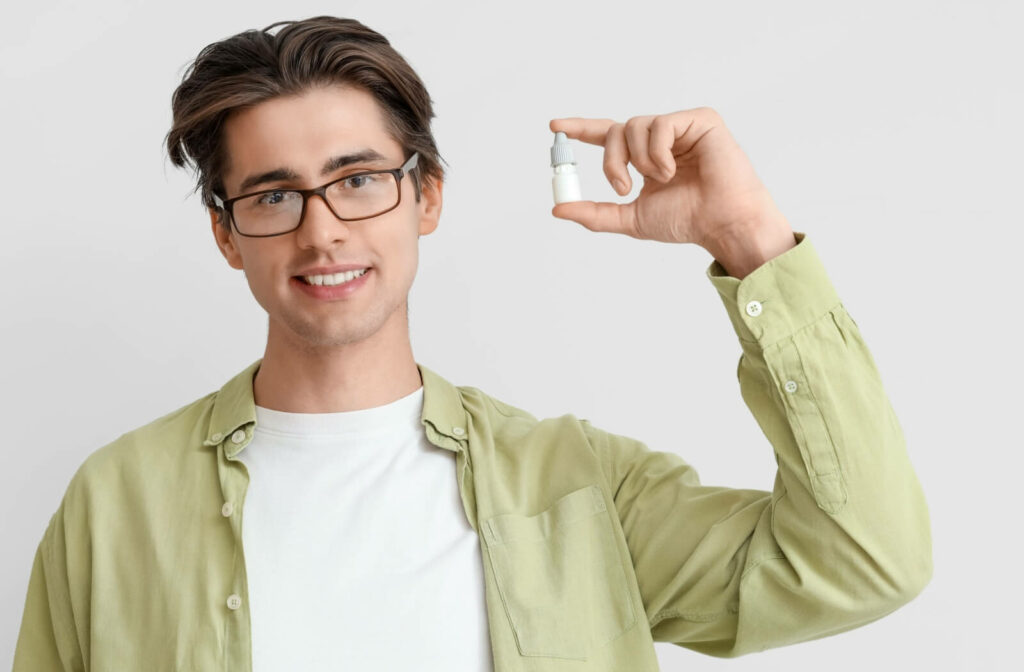
How often you can use eye drops depends entirely on the type of drop. Improper handling and use of eyedrops can actually make your symptoms worse. As a basic rule:
Preservative-free artificial tears are safe to use throughout the day, as needed.
Always follow strict dosage instructions when using medicated eye drops.
Most allergy eye drops are safe to use up to 2 times a day.
Redness-relief eye drops are okay to use up to 4 times a day, but only for a few days.
[…]

Myopia eyeglasses offer a solution. These glasses have a specialty lens design that changes how light focuses in the eye, which helps slow myopia progression in children while also correcting their vision. […]
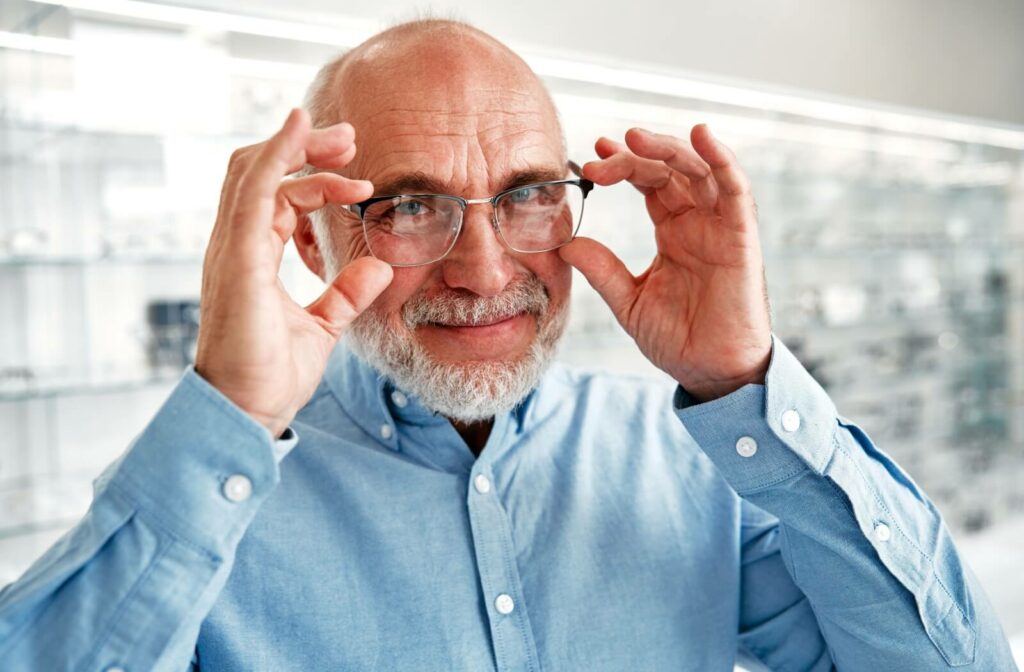
Myopia and hyperopia are refractive errors (eye conditions) that affect visual clarity. Although both cause blurry vision, there are several key differences between them:
An eye with myopia is too long or its cornea curves steeply, resulting in blurry distance vision while close-up vision remains clear.
Hyperopia causes the eye to shorten or flatten the cornea, resulting in blurry close-up vision while distance vision remains clear.
[…]
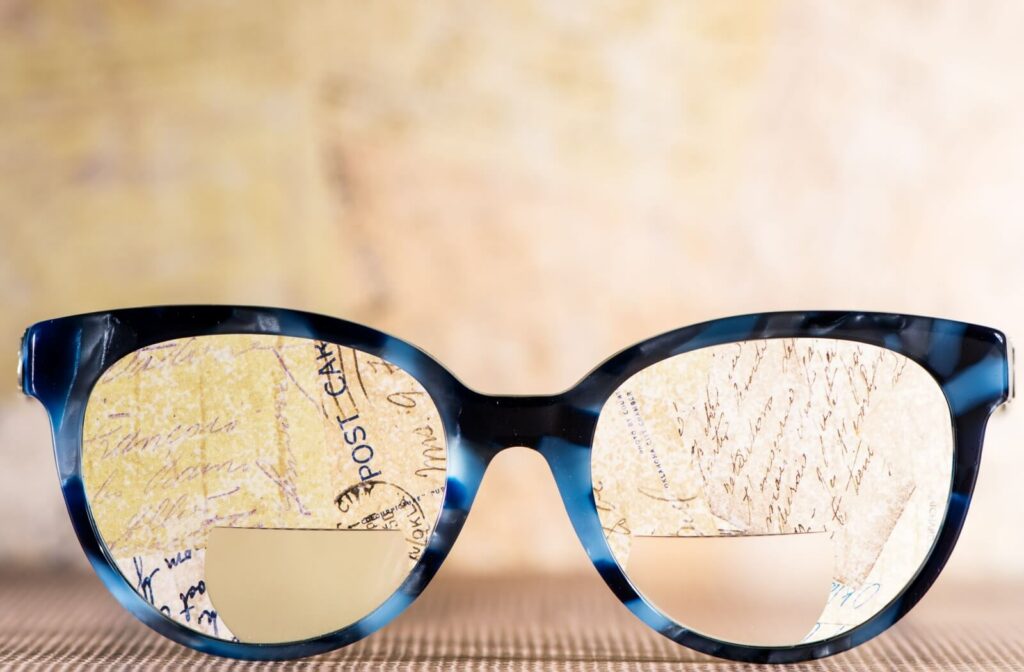
Bifocal eyeglasses, for instance, are a great option for people who require two distinct lens powers in a single lens. A visible line divides the two prescriptions, with a reading prescription in the lower lens and distance vision correction in the upper lens. […]
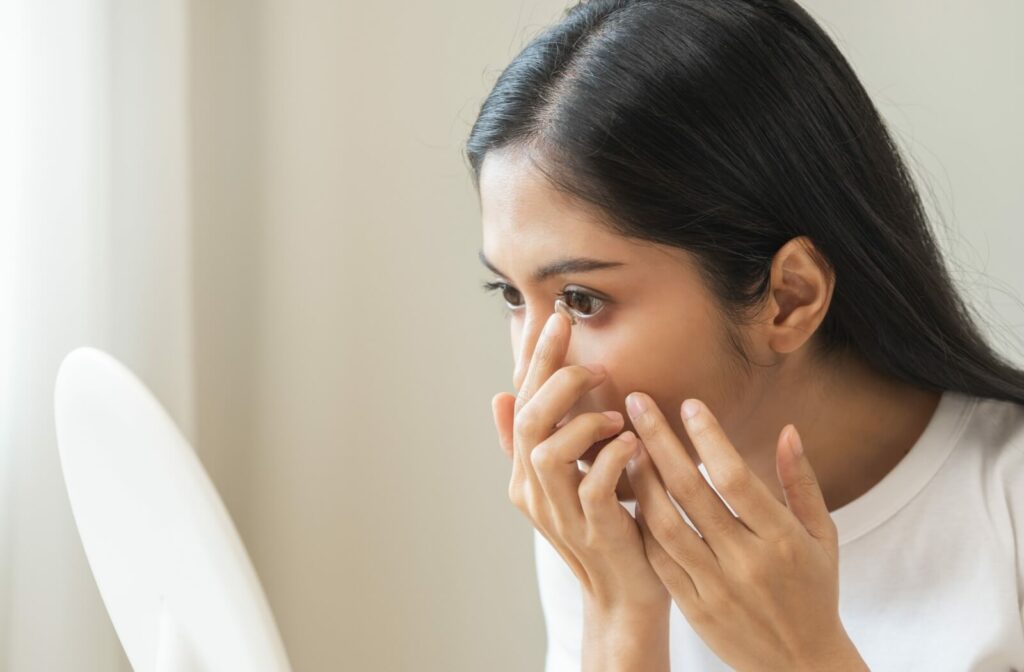
Contact lenses can expire. Wearing them past that date can lead to discomfort, irritation, or even serious eye infections. […]

If left untreated, eye strain symptoms usually disappear after a few hours once the activity causing the strain stops. However, symptoms can become chronic if the underlying cause is not addressed. […]
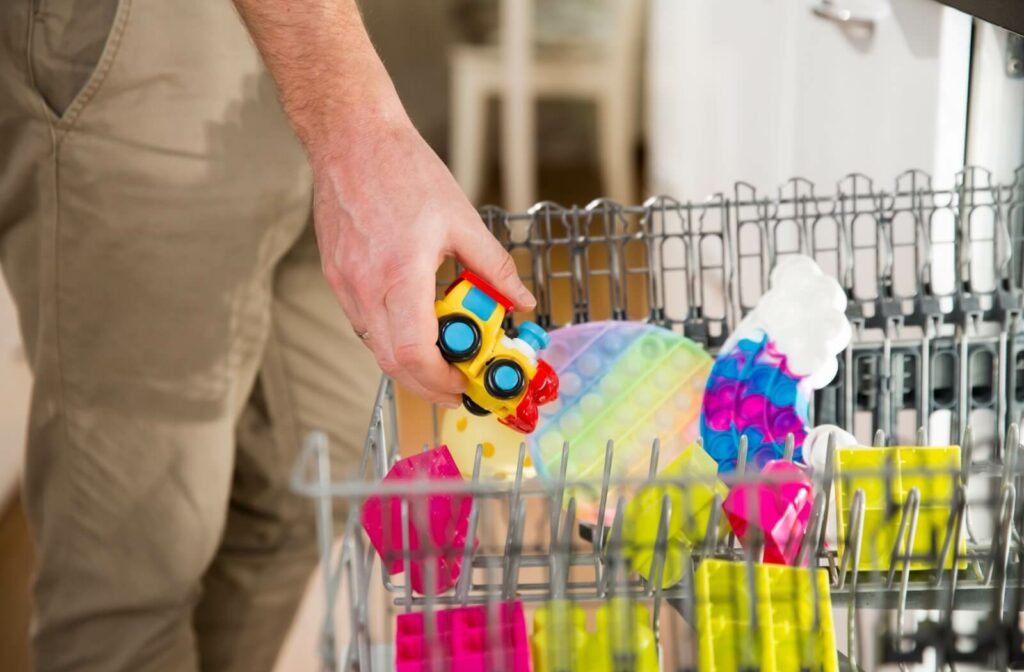
How long pink eye can last on a surface depends on whether it’s viral or bacterial pink eye and the type of surface, but typically, it only lingers for under forty-eight hours.
[…]
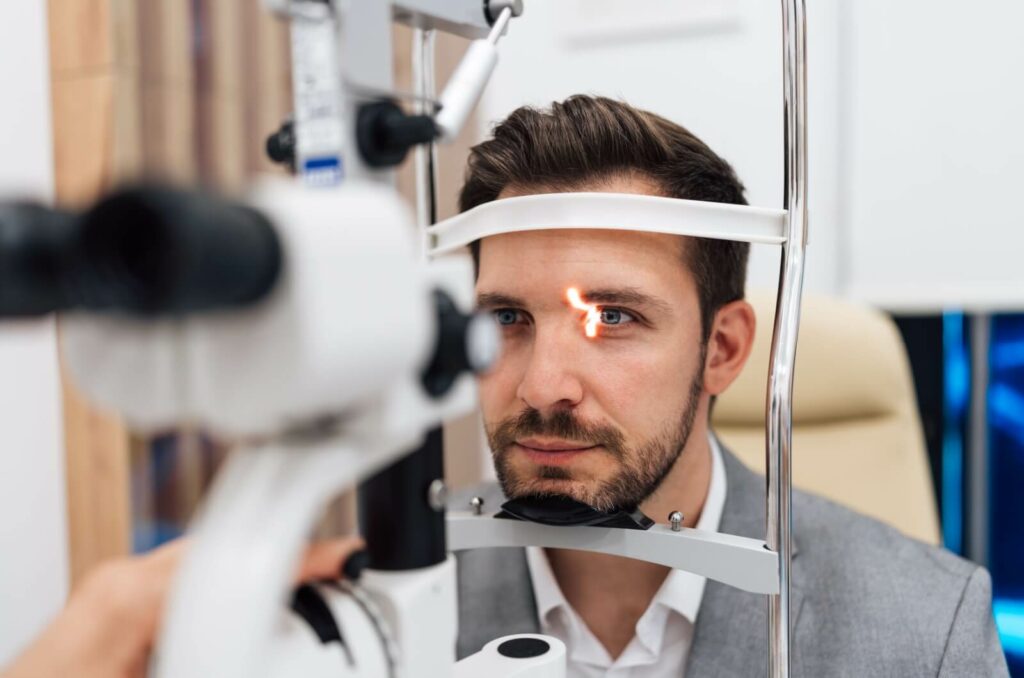
Have you scheduled an eye exam recently and wondered how long it might take? You’re not alone. On average, they usually take around 30 minutes. Whether you’re squeezing in an exam during a lunch break or planning your day around it, understanding the timeline can help you better prepare and ease any anxiety and help you plan for your eye health. […]
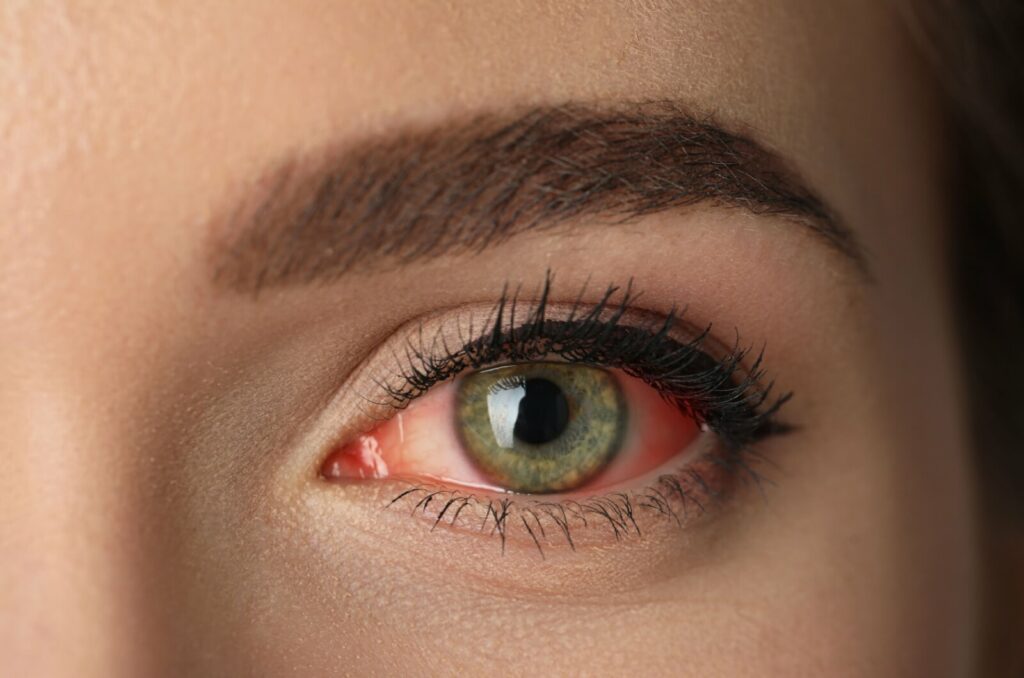
Many rush to the conclusion that it’s pink eye or conjunctivitis when their eyes get red or itchy. But is it really? A few other conditions commonly misdiagnosed as pink eye include […]
